Deep-learning expert weighs in on getting to AGI, assessing algorithmic intelligence, autonomous vehicles,” “Mark Ryan is a Data Science Manager at Intact Insurance and the author of the recently-released “Deep Learning with Structured Data”. He holds a Masters degree in Computer Science from the University of Toronto, and is interested in chatbots and natural language processing.
Category: robotics/AI – Page 1,906
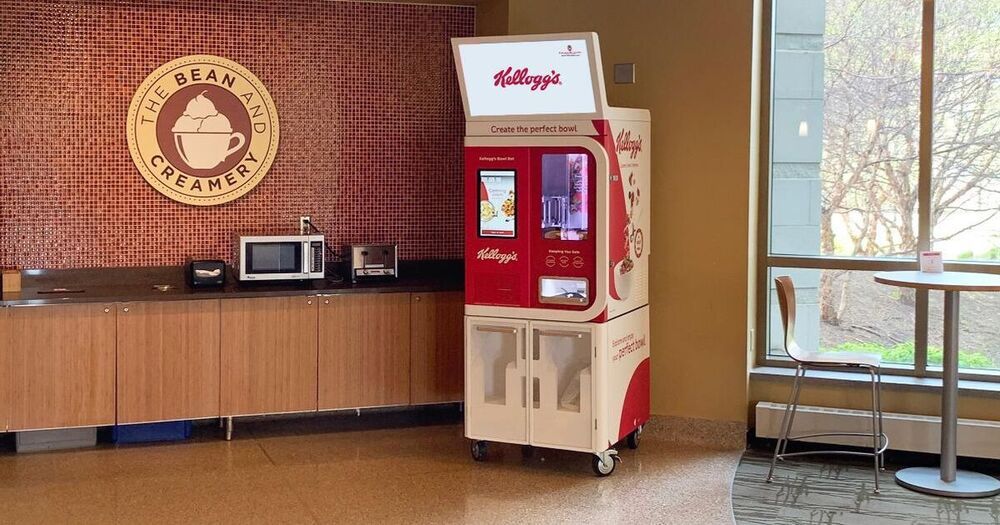
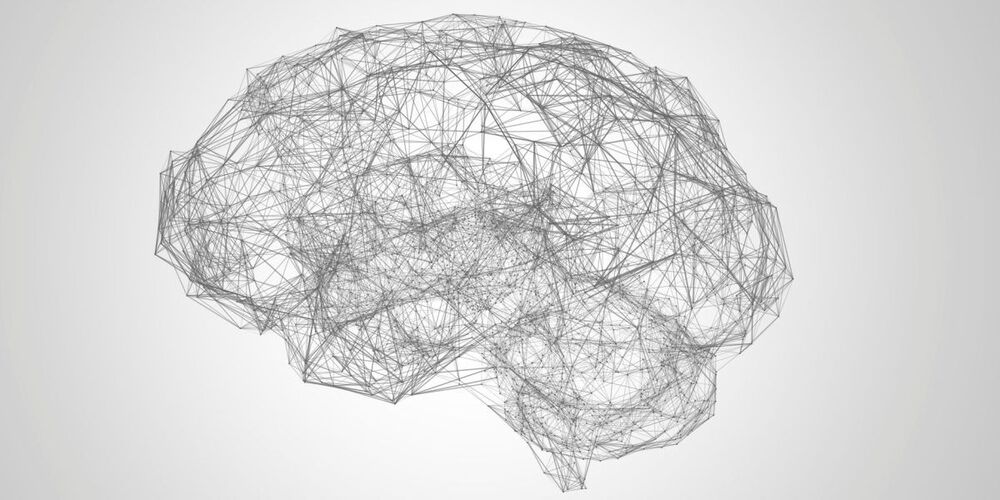
AI Weekly: GoodAI aims to fund research on fundamental AI challenge
Marek Rosa, a Slovakian entrepreneur and computer programmer, founded GoodAI, a company dedicated to the research and development of general artificial intelligence (AGI). In 2017, he founded the General AI Challenge, pledging $5 million in prize money to tackle critical research problems in “human-level” AI development.
GoodAI, an organization founded by Slovakian entrepreneur Marek Rosa, aims to solve fundamental challenges in AI.
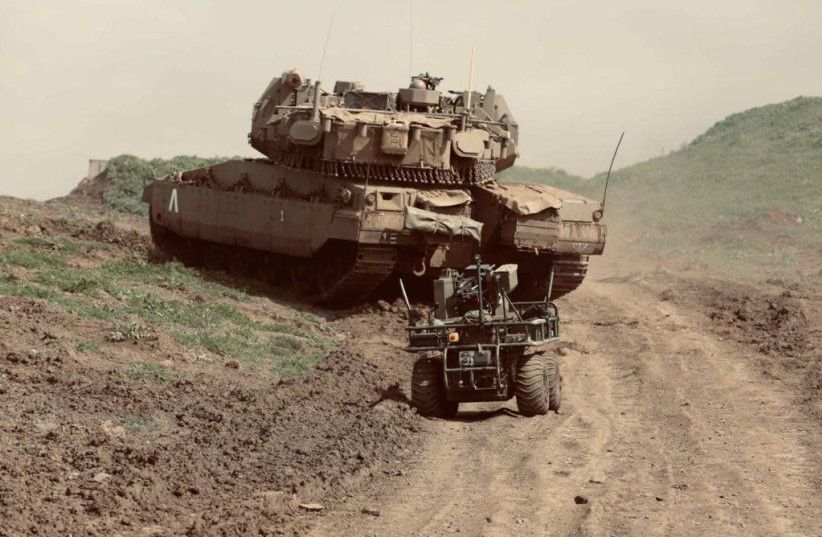
Israel’s operation against Hamas was the world’s first AI war
The Israeli military is calling Operation Guardian of the Walls the first artificial-intelligence war. the IDF established an advanced AI technological platform that centralized all data on terrorist groups in the Gaza Strip onto one system that enabled the analysis and extraction of the intelligence.
The IDF used artificial intelligence and supercomputing during the last conflict with Hamas in the Gaza Strip.
U.S. Transhumanist Party Virtual Enlightenment Salon with Ryan O’Shea — May 30, 2021
Today, Sunday, May 30, 2021, at 1 p.m. Pacific Time, join us for a U.S. Transhumanist Party Virtual Enlightenment Salon with Ryan O’Shea, as we discuss the state of the transhumanist movement, life-extension advocacy, biohacking, Ryan’s Future Grind podcast, and more!
Watch on YouTube here:. You will be able to post questions and comments in the live YouTube chat.
On Sunday, May 30, 2021, at 1 p.m. U.S. Pacific Time, the U.S. Transhumanist Party invites Ryan O’Shea for a Virtual Enlightenment Salon to discuss a wide array of subjects related to transhumanism, including the state of the contemporary transhumanist movement, Ryan O’Shea’s Future Grind podcast, biohacking, the Human Augmentation Institute and the Human Augmentation Code of Ethics, Ryan O’Shea’s media work with the Lifespan Extension Advocacy Foundation with the goal of popularizing life-extension science, how to respond to common criticisms of transhumanism, thoughts on consciousness and free will, and strategies for advancing the transhumanist movement in the future.
Ryan O’Shea is an entrepreneur and futurist speaker from Pittsburgh, Pennsylvania. He is the host of Future Grind — https://futuregrind.org/ — a multimedia production company that seeks to increase technoliteracy and democratize access to information about emerging technologies, enabling more voices to be a part of the societal conversation surrounding technology. Ryan is also a founder of the Human Augmentation Institute, an organization focused on upholding bodily autonomy and ensuring that any efforts in human augmentation are done ethically, safely, and responsibly. He also serves as the spokesperson for Grindhouse Wetware, a group specializing in technology to augment human capabilities. In 2017, Ryan co-founded a National Institutes of Health and National Science Foundation-supported artificial intelligence startup that is working to use machine learning and automated just-in-time intervention for behavior change. Ryan has represented NASA and CalTech’s Jet Propulsion Laboratory as a Solar System Ambassador and serves both as a World Economic Forum Global Shaper and an ambassador for Pittsburgh AI. He is a graduate of the University of Pittsburgh and currently serves on the boards of multiple non-profit organizations.
Become a member of the U.S. Transhumanist Party for free, no matter where you reside: https://transhumanist-party.org/membership.

How Nvidia plans to own the data center with AI
Nvidia Corp. wants to transform enterprise computing completely by making data centers run 10 times faster at one-10th the cost.
Nvidia Chief Executive Jensen Huang (pictured) is crafting a strategy to re-architect today’s on-premises data centers, public clouds and edge computing installations with a vision that leverages the company’s strong position in artificial intelligence architectures. The keys to this end-to-end strategy include a clarity of vision, massive chip design skills, new Arm-based architectures that integrate memory, processors, I/O and networking, and a compelling software consumption model.
Even if Nvidia is unsuccessful at acquiring Arm Ltd., we believe it will still be able to execute on this strategy by actively participating in the Arm ecosystem. However, if its attempt to acquire Arm is successful, we believe it will transform Nvidia from the world’s most valuable chip company into the world’s most valuable supplier of integrated computing architectures.
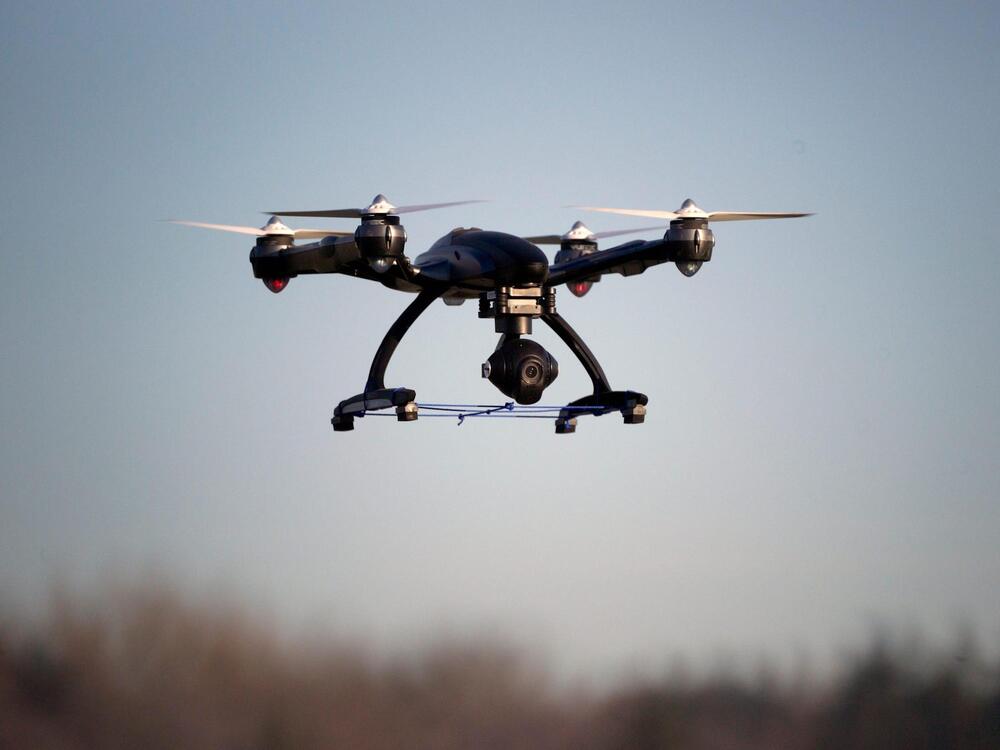
A rogue killer drone ‘hunted down’ a human target without being instructed to, UN report says
Oh, joy. You can take the drone out of 2020, but you can’t take the 2020 out of the drone.
A “lethal” weaponized drone “hunted down a human target” without being told to for the first time, according to a UN report seen by the New Scientist.
The March 2020 incident saw a KARGU-2 quadcopter autonomously attack a human during a conflict between Libyan government forces and a breakaway military faction, led by the Libyan National Army’s Khalifa Haftar, the Daily Star reported.
The Turkish-built KARGU-2, a deadly attack drone designed for asymmetric warfare and anti-terrorist operations, targeted one of Haftar’s soldiers while he tried to retreat, according to the paper.
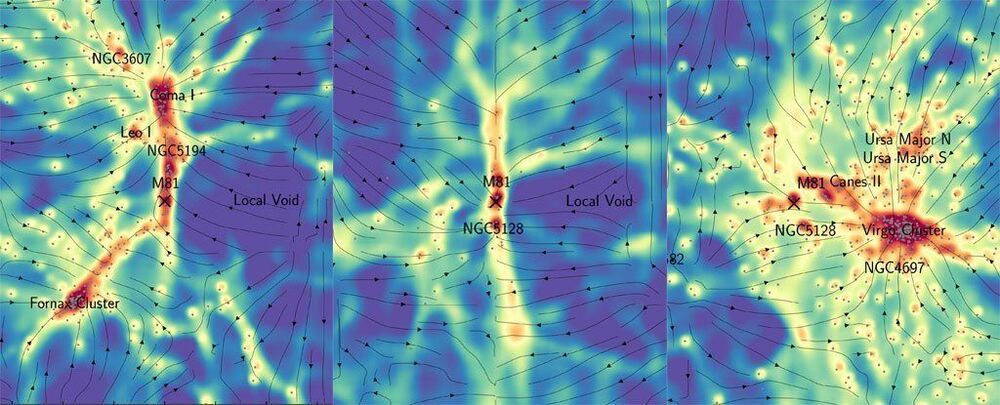
New Dark Matter Map Shows The Bridges Between The Milky Way And Nearby Galaxies
A new map of dark matter made using artificial intelligence reveals hidden filaments of the invisible stuff bridging galaxies.
The map focuses on the local universe — the neighborhood surrounding the Milky Way. Despite being close by, the local universe is difficult to map because it’s chock full of complex structures made of visible matter, said Donghui Jeong, an astrophysicist at Pennsylvania State University and the lead author of the new research.
“We have to reverse engineer to know where dark matter is by looking at galaxies,” Jeong told Live Science.

More than half of Europeans want to replace lawmakers with AI, study says
I think we should. If it is corrupt or makes mistakes, it will at least be correctable.
LONDON — A study has found that most Europeans would like to see some of their members of parliament replaced by algorithms.
Researchers at IE University’s Center for the Governance of Change asked 2769 people from 11 countries worldwide how they would feel about reducing the number of national parliamentarians in their country and giving those seats to an AI that would have access to their data.
The results, published Thursday, showed that despite AI’s clear and obvious limitations, 51% of Europeans said they were in favor of such a move.